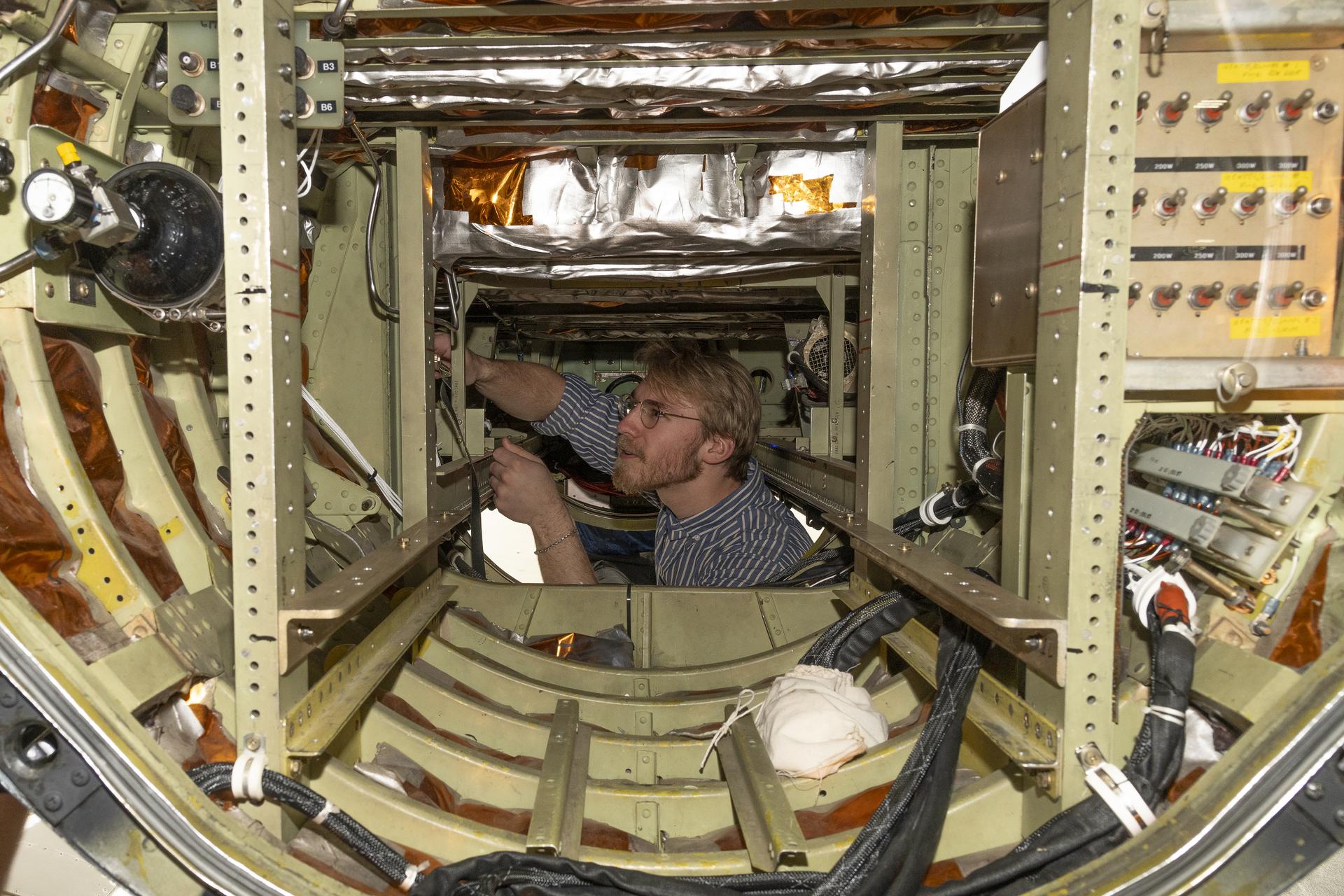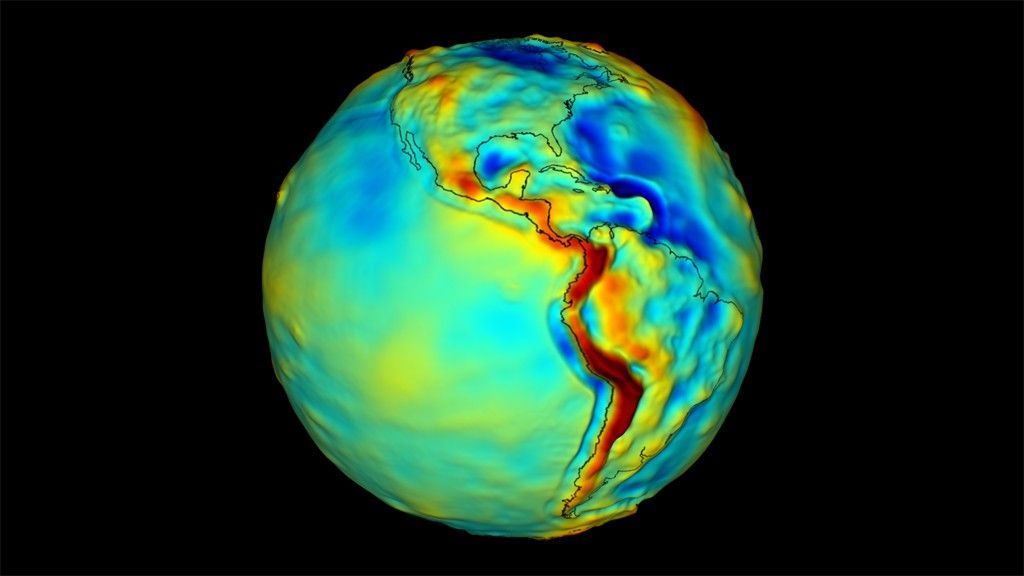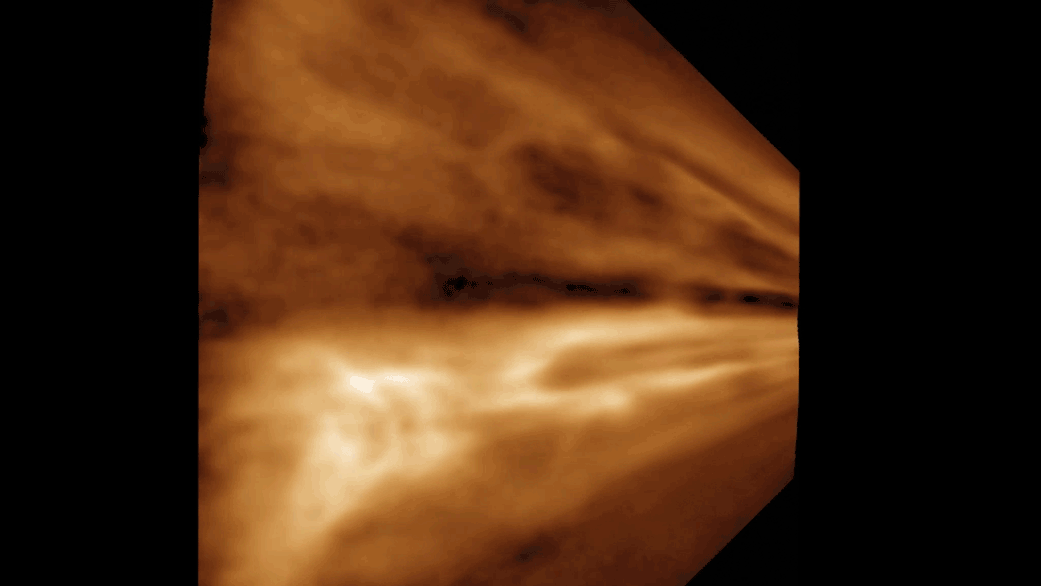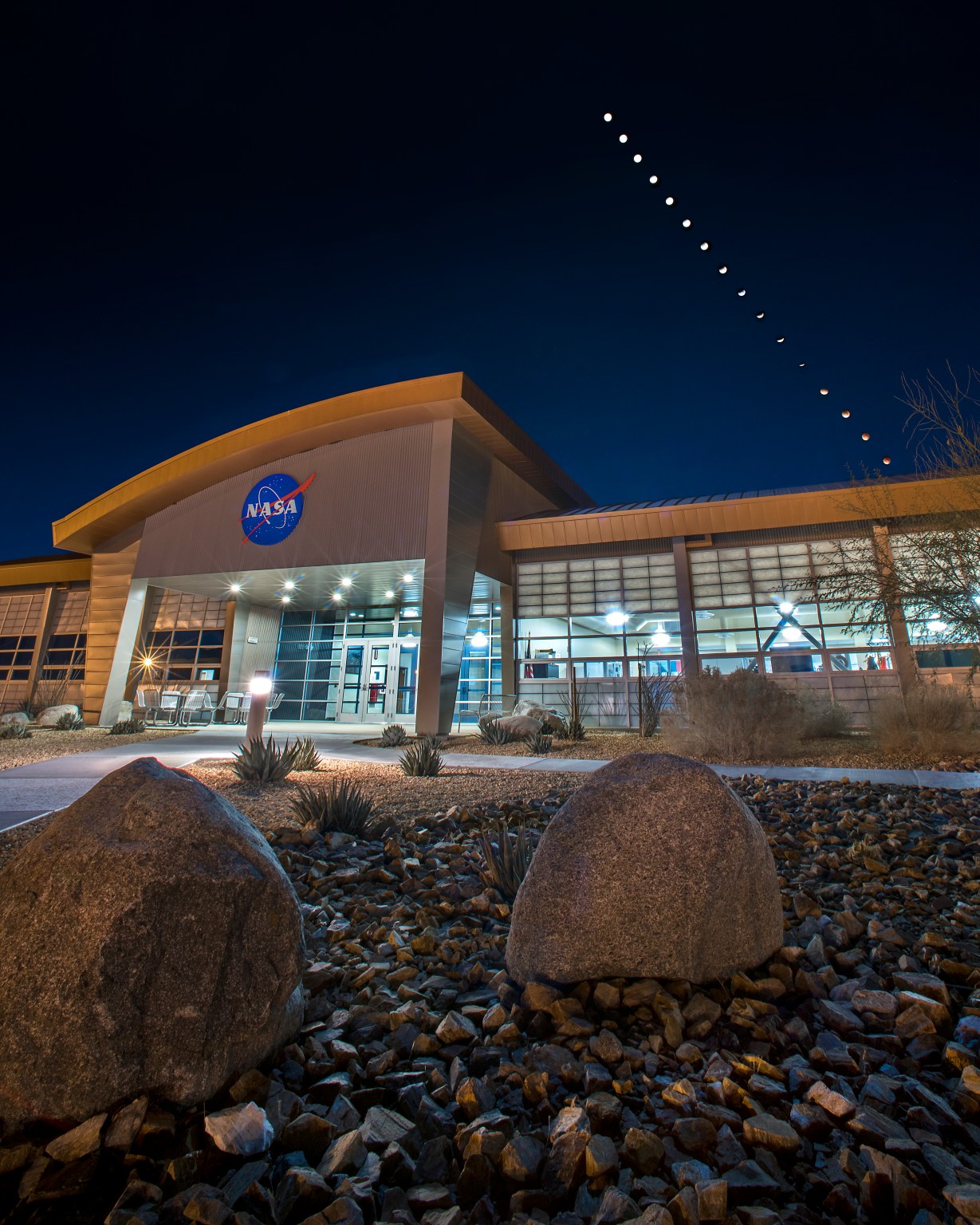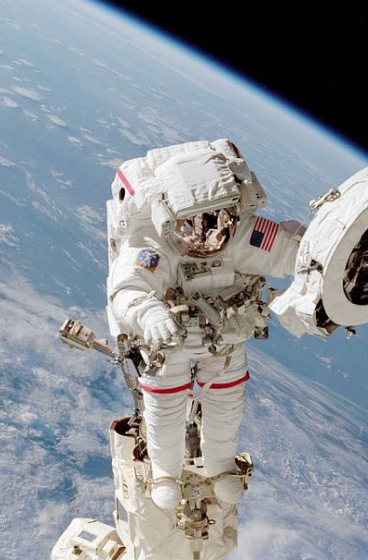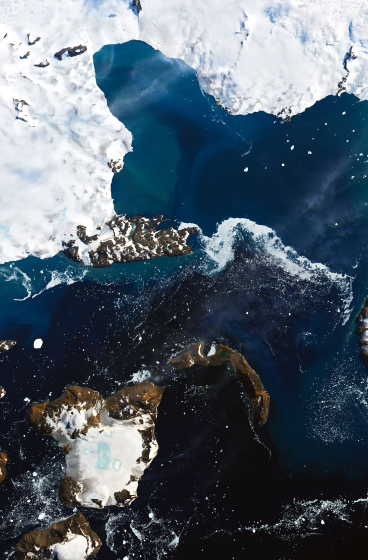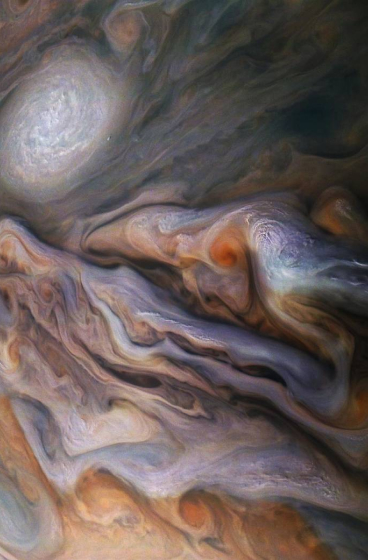Testing in the Clouds: NASA Flies to Improve Satellite Data
- NASA’s ER-2 science aircraft flew instruments designed to improve satellite data products and Earth science observations in February 2025, as part of the GSFC Lidar Observation and Validation Experiment (GLOVE).
- The GLOVE experiment aims to validate satellite data about cloud and airborne particles in the Earth’s atmosphere, using instruments installed on the ER-2 aircraft to measure and validate data from satellites orbiting the Earth.
- The validation provided by GLOVE is crucial for ensuring the accuracy and reliability of satellite data, which will improve satellite information for applications like weather forecasting and hazard monitoring.
- The ER-2 flew over various regions in Oregon, Arizona, Utah, Nevada, and California, collecting data on different types of clouds, including cirrus clouds, marine stratocumulus, rain, snow, and multiple cloud types.
- The GLOVE experiment is a collaboration between NASA engineers, scientists, and aircraft professionals, with support from universities and research institutions, to improve satellite data products for Earth science applications.
3 min read
Preparations for Next Moonwalk Simulations Underway (and Underwater)
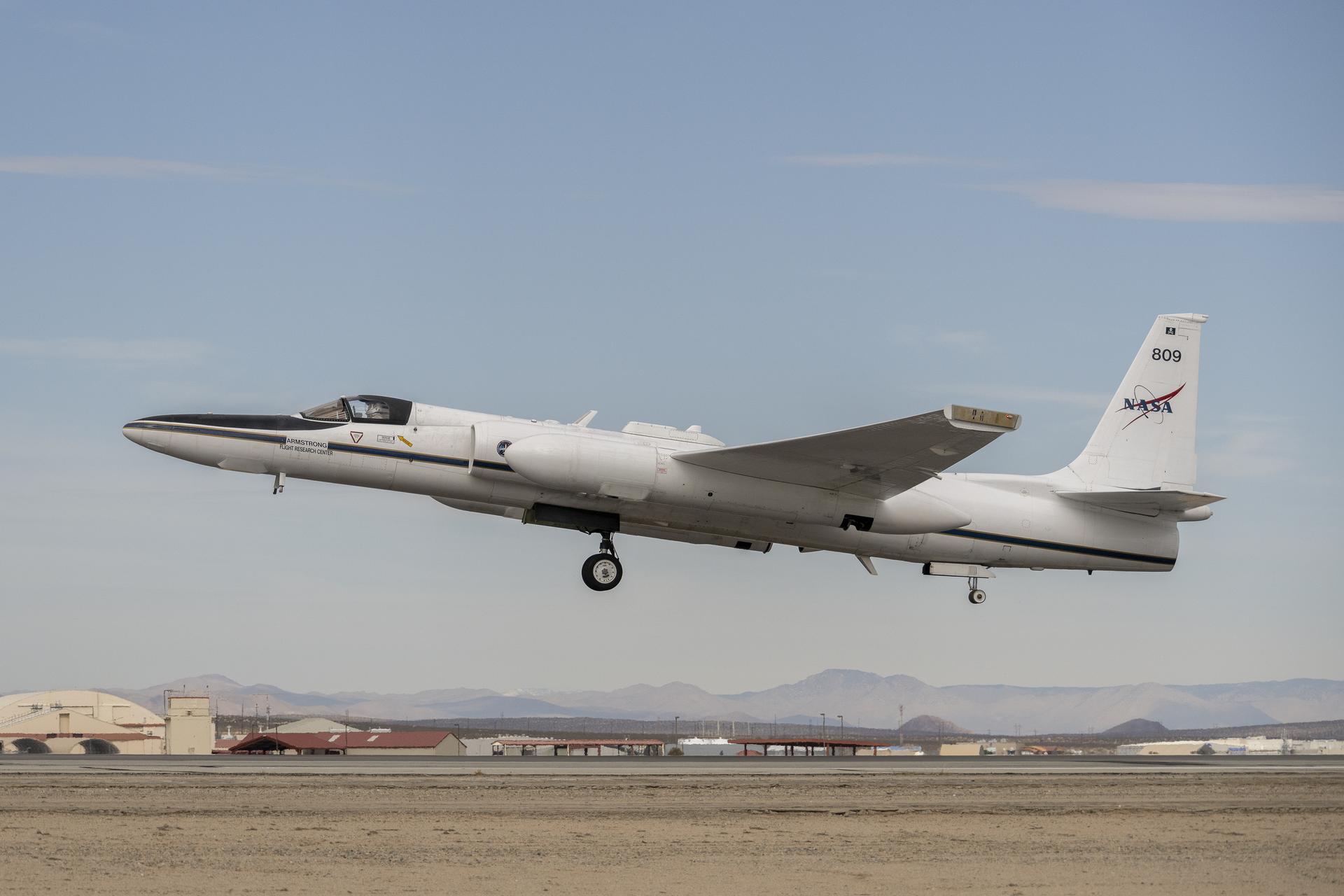
In February, NASA’s ER-2 science aircraft flew instruments designed to improve satellite data products and Earth science observations. From data collection to processing, satellite systems continue to advance, and NASA is exploring how instruments analyzing clouds can improve data measurement methods.
Researchers participating in the Goddard Space Flight Center Lidar Observation and Validation Experiment (GLOVE) used the ER-2 – based at NASA’s Armstrong Flight Research Center in Edwards, California – to validate satellite data about cloud and airborne particles in the Earth’s atmosphere. Scientists are using GLOVE instruments installed onboard the aircraft to measure and validate data about clouds generated by satellite sensors already orbiting in space around Earth.
“The GLOVE data will allow us to test new artificial intelligence algorithms in data processing,” said John Yorks, principal investigator for GLOVE and research physical scientist at NASA’s Goddard Space Flight Center in Greenbelt, Maryland. “These algorithms aim to improve the cloud and aerosol detection in data produced by the satellites.”
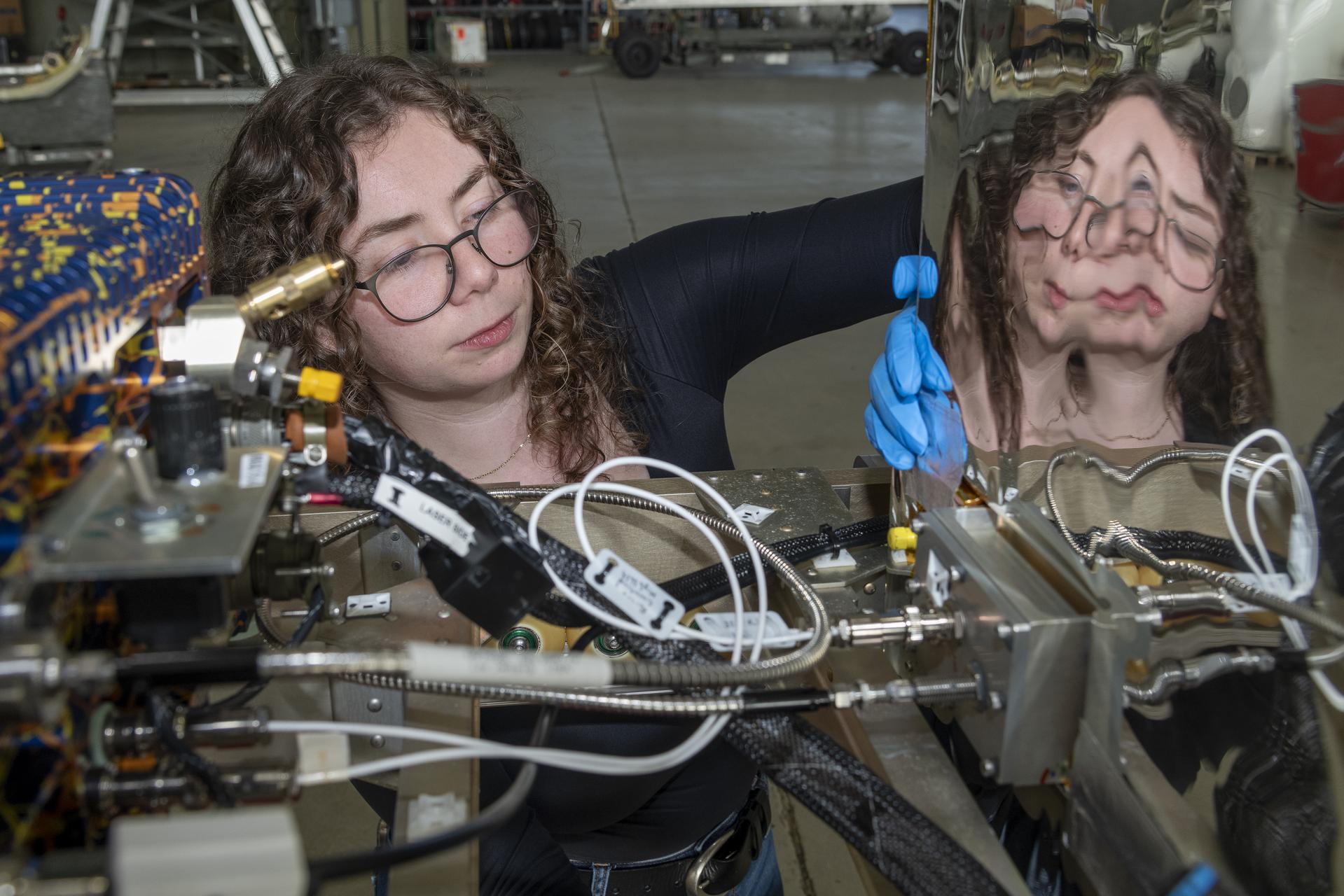
The validation provided by GLOVE is crucial because it ensures the accuracy and reliability of satellite data. “The instruments on the plane provide a higher resolution measurement ‘truth’ to ensure the data is a true representation of the atmospheric scene being sampled,” Yorks said.
The ER-2 flew over various parts of Oregon, Arizona, Utah, and Nevada, as well as over the Pacific Ocean off the coast of California. These regions reflected various types of atmospheres, including cirrus clouds, marine stratocumulus, rain and snow, and areas with multiple types of clouds.
“The goal is to improve satellite data products for Earth science applications,” Yorks said. “These measurements allow scientists and decision-makers to confidently use this satellite information for applications like weather forecasting and hazard monitoring.”
The four instruments installed on the ER-2 were the Cloud Physics Lidar, the Roscoe Lidar, the enhanced Moderate Resolution Imaging Spectroradiometer Airborne Simulator, and the Cloud Radar System. These instruments validate data produced by sensors on NASA’s Ice, Cloud, and Land Elevation Satellite 2 (ICESat-2) and the Earth Cloud, Aerosol and Radiation Explorer (EarthCARE), a joint venture between the ESA (European Space Agency) and JAXA (Japan Aerospace Exploration Agency).
“Additionally, the EarthCARE satellite is flying the first ever Doppler radar for measurements of air motions within clouds,” Yorks said. While the ER-2 is operated by pilots and aircrew from NASA Armstrong, these instruments are supported by scientists from NASA Goddard, NASA’s Ames Research Center in California’s Silicon Valley, and the Naval Research Laboratory office in Monterey, California, as well as by students from the University of Iowa in Iowa City and the University of Maryland College Park.

